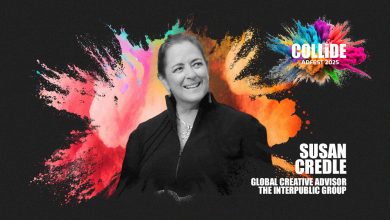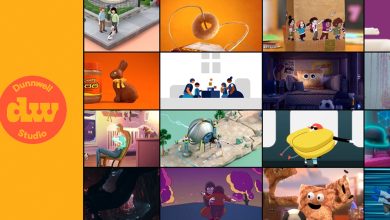PHILIPPINES, DECEMBER 2010 – Why put the print medium on a pedestal when web, mobile, and other media are quickly making their way into the hands of consumers?
Print is powerful. In the rising age of technology, the medium has proven itself resilient.
Print was the star of the entire day at the 2nd UPMG Print Congress last November 25, where five stalwarts of the advertising and print industry graced Blue Leaf at McKinley with their passion for print, including TBWA Asia’s Creative At Large John Merrifield and Sonny Coloma of the Presidential Communication Group, who delivered the keynote address.
< width="450" height="345" alt="" src="/global//UserFiles/romualdez. " />
Although Philippine Daily Inquirer head Sandy Prieto-Romualdez acknowledges that we are in the period of multimedia wherein print can already be found on the internet and as applications in iPads, iPods, and Androids, print has come out with the most innovation as far as platforms are concerned. This is particularly true when used as a platform for user-provided content. Advertisements are being executed as scented ads, transparent magazine covers, double panorama and other ways in which creative executions are possible. Being in the news business, Prieto concludes, “A newspaper will always matter. It’s about passionate journalism.”
Sponsor
< width="450" height="373" alt="" src="/global//UserFiles/guerrero. " />
David Guerrero, chief creative officer of BBDO Guerrero/Proximity Philippines, continued Prieto-Romualdez’s thread by beginning his talk with “if you got something important to say, say it in print.” One of the main benefits of print is the ability to actually hold it and read it. Guerrero says that nowadays, it is easier to say things through SMS, but it sounds insincere. The advantages of print are found in its subtlety, intelligent salesmanship, complexity, interactivity and its dark humor.
< width="300" height="380" alt="" src="/global//UserFiles/tay. " />
Speaking of interactivity in print, Tay Guan Hin, JWT Asia-Pacific’s regional executive creative director, says that “print can be alive if you have great creative content.” So how do we make print interactive? First, get consumers to play with your medium. “One of the things that make print strong is how paper can be cut and folded,“ says Guan. Second, make the readers participate. He showed an ad for the newly-released Mini where a 3D image of the actual Mini will “pop out” on the computer screen if you scan the symbol printed on the page on your webcam. This leads us to Guan’s third criterion, to create a personal experience. It allows the consumers to be part of the advertisement without actually being in it.
One reason why print has stood the test of time is that it has the ability to adapt the most over all other mediums. Print can now be integrated with social media, mobile media, television, and others. Even outdoor media has the flair of print to it. From just a flat medium, it has grown into a multi-dimensional one. Just because print is the oldest medium in the world doesn’t mean it is the most backward form of media.









